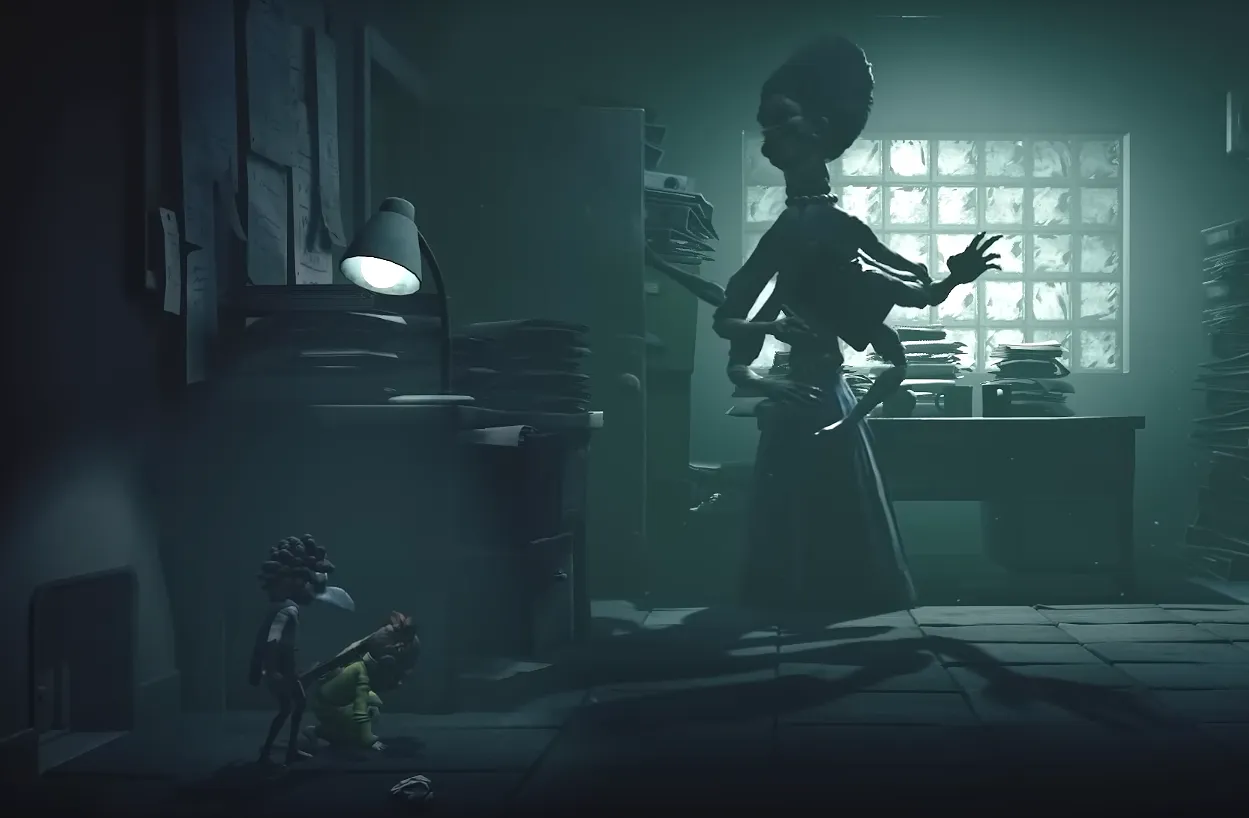“Avoid” in this chase isn’t abstract. It’s literal and actionable: keep away from the threat, prevent detection from happening, and refrain from inputs that turn small openings into big mistakes. If you frame the entire Supervisor sequence around those three verbs, you’ll make fewer panicked moves and create safer, more consistent routes.
Translate “avoid” into three decisions (and stick to them)
| Sense of “avoid” | What you decide | What it looks like in play |
|---|---|---|
| Keep away from (shun) | Maintain distance and cover as defaults | Plot a path that lives behind objects, walls, and corners; move only when you can stay concealed or out of sight lines |
| Prevent the occurrence or effectiveness of | Time crossings so the patrol can’t meaningfully detect you | Wait for the scan or sweep to pass, cross during the downtime, and use obstacles so brief glances don’t “take” |
| Refrain from | Skip inputs that shrink your margin | Don’t rush a gap, don’t commit to a long crossing, and don’t linger in transitional spots that expose you on both sides |
Plan first: choose the safest lane you can “keep away” in
Avoiding starts before you move. Take a moment to scan for blind spots, tall cover, and narrow routes that naturally break sight lines. Favor paths that let you remain behind something for most of the distance, not just at the start and end. If a route forces you into the open twice, it’s probably the wrong one; pick the lane that needs the fewest exposed steps.
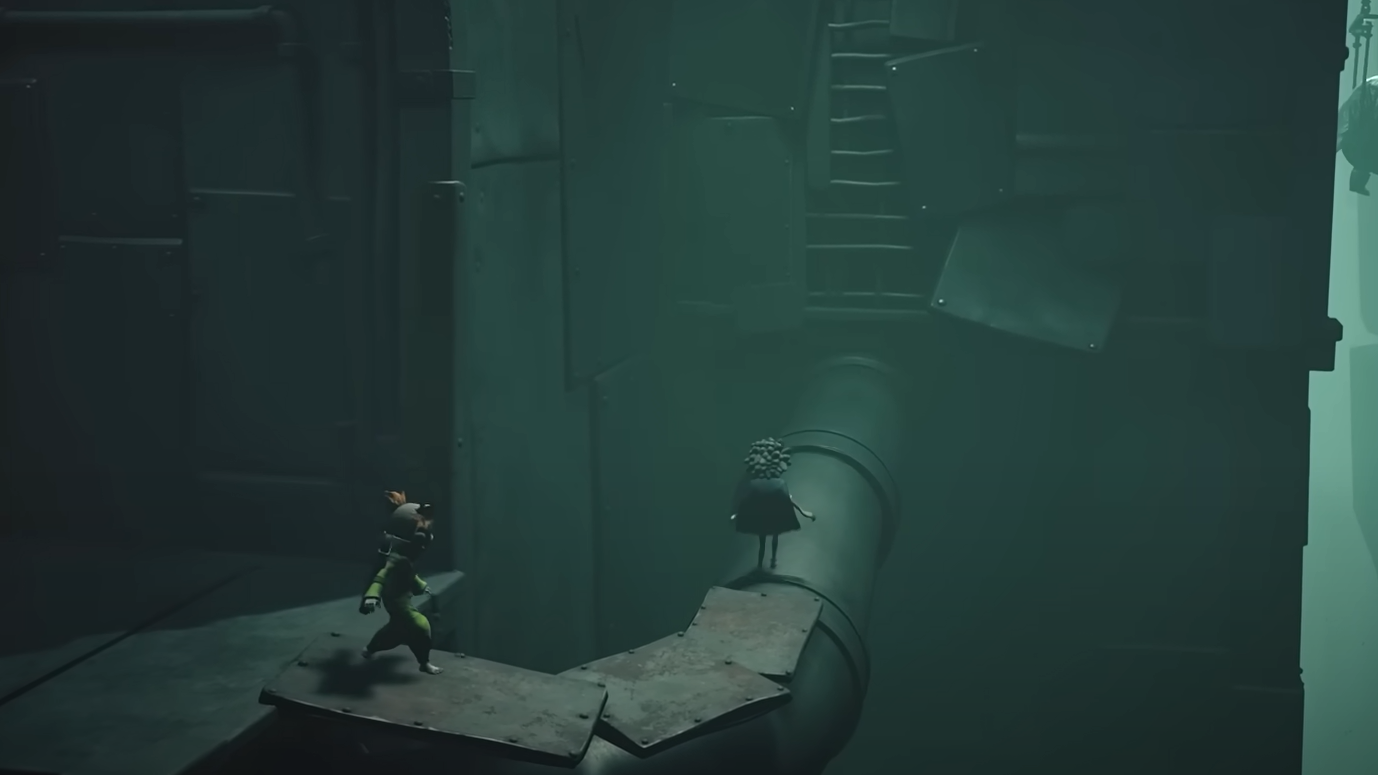
Use timing to “prevent the occurrence” of detection
It’s not only where you go; it’s when. Let the Supervisor’s attention pass and then move, so detection doesn’t have a chance to begin. If the pattern cycles, cross during the quiet beat, not at the edge of a sweep. When in doubt, wait for one more loop—prevention is almost always faster than recovering from a chase.
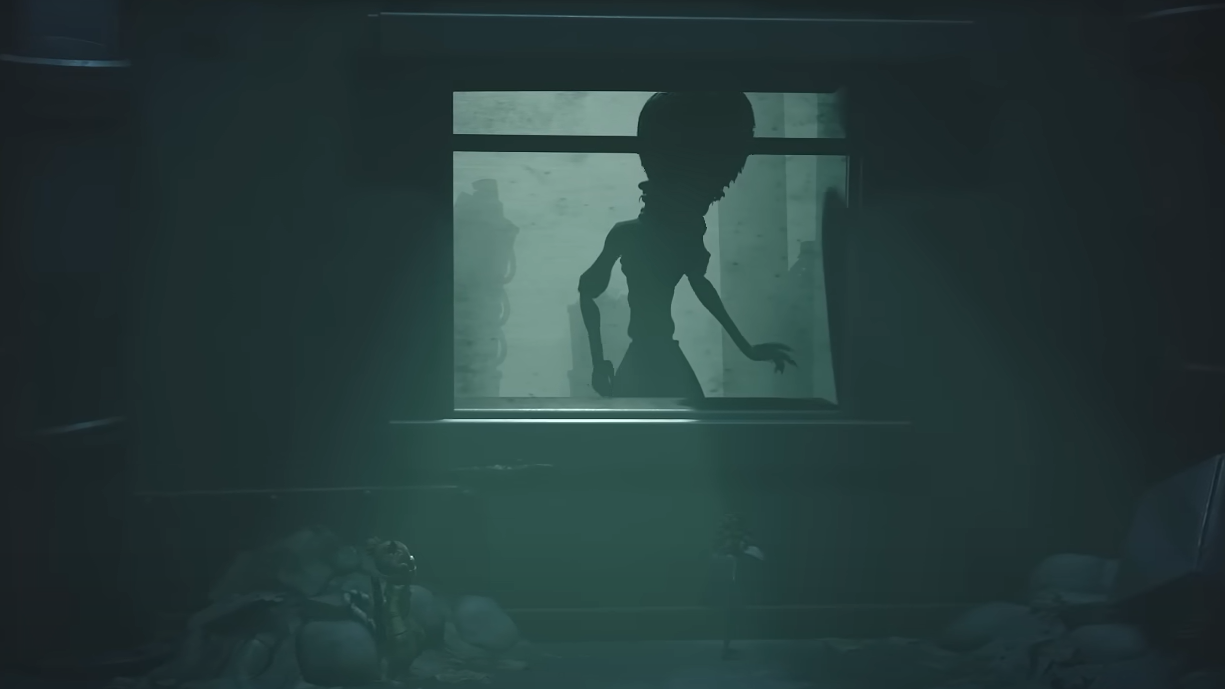
Refrain from inputs that collapse your buffer
Most failures begin with one extra step, a late turn, or a greedy sprint. Build habits that preserve your cushion:
- Stop short of edges where you could be seen around a corner.
- Commit only to distances you can clear on the current timing window.
- Skip optional actions mid-crossing; complete the traverse, then adjust.
Self‑control is a stealth tool. Choosing not to press forward is often the play that keeps you safe.

Shape the encounter so scans aren’t effective
“Preventing effectiveness” means giving the line‑of‑sight as little to work with as possible. Hug cover tightly, align your body with objects to reduce your visible profile, and prefer diagonals that shorten exposure time. Even if you’re briefly visible, being partially occluded makes quick looks less consequential.
Move in small, deliberate segments
Break the arena into micro‑goals: cover to cover, corner to corner. Short moves are easier to time, easier to abort, and easier to repeat if you need another attempt. If you ever feel like you’re “hoping” to make it, the segment is too long—split it.
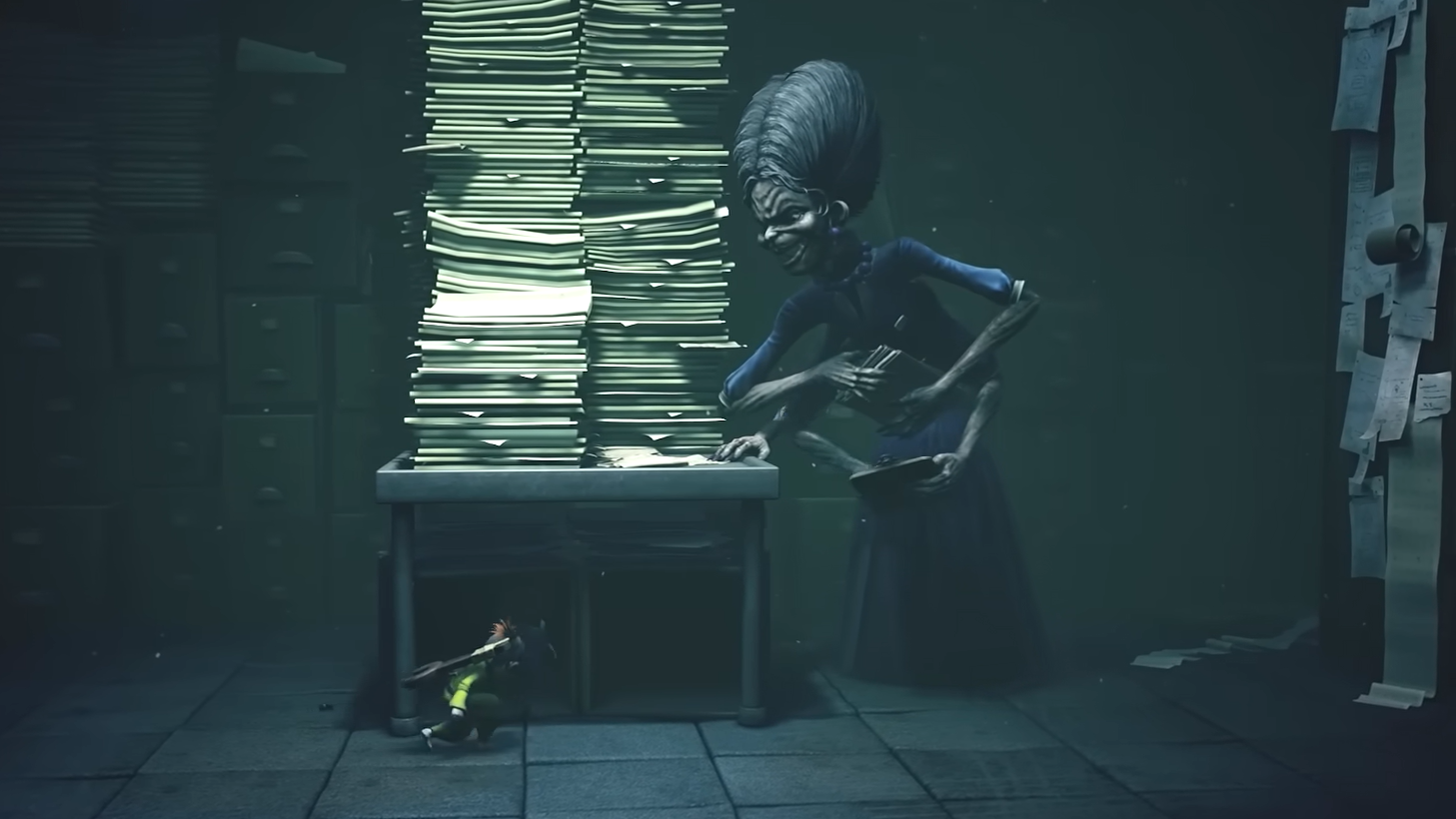
Reset cleanly if you draw attention
If you get noticed, prioritize eluding and re‑establishing distance instead of forcing the original plan. Backtrack to the last truly safe pocket, wait for the pattern to settle, and then choose a slightly different line. Shun the route that failed; even small changes in angle or timing can remove the exact moment you were seen.
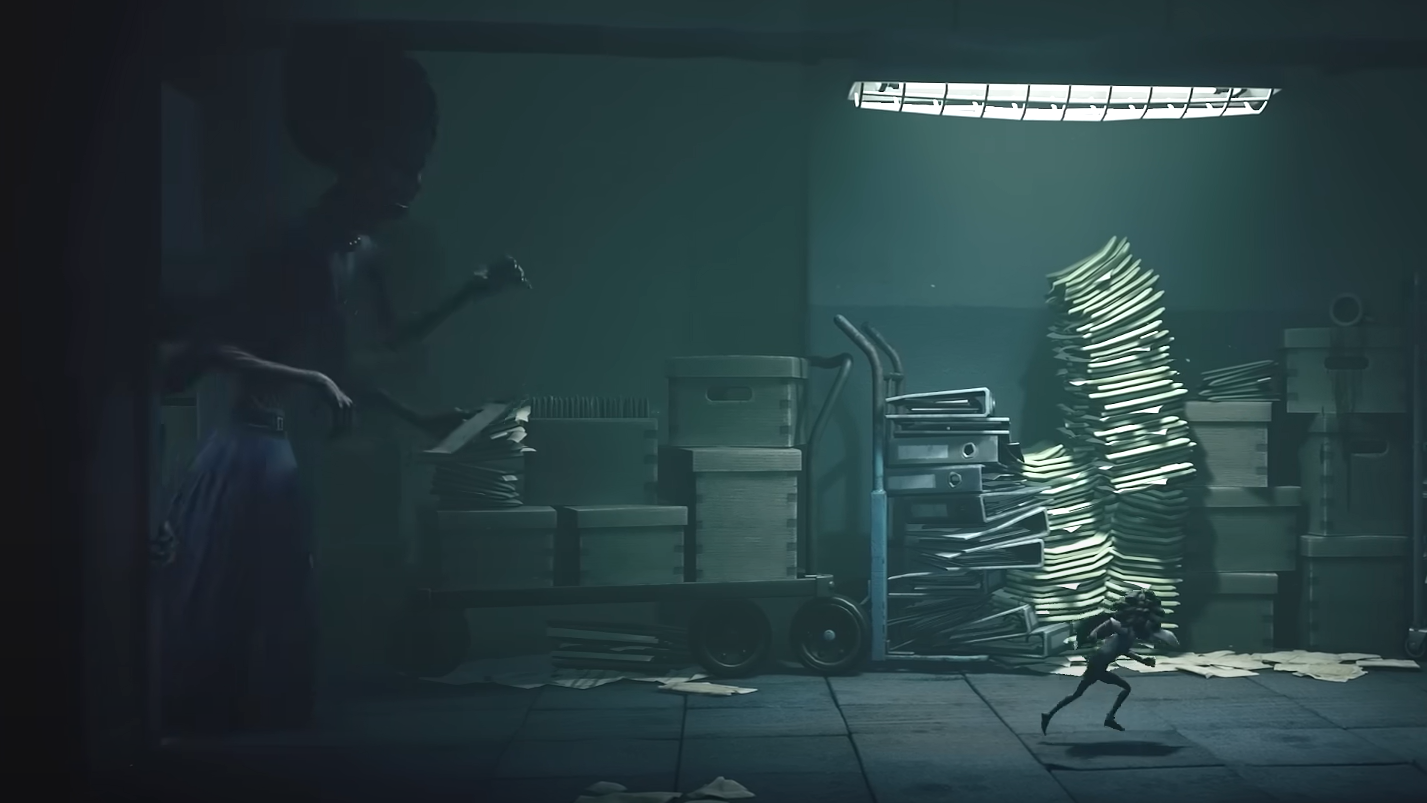
Common ways players get caught (and how to prevent them)
- Peeking too far from cover: Stop with your character’s center still behind the object; “slice the pie” in tiny increments.
- Crossing on a borderline window: If a sweep is already turning back, don’t go; you’re preventing nothing at that point.
- Staying in transition zones: Doorways, corners, and gaps are exposure multipliers. Either commit through them or hold before them.
A minimalist checklist you can run on every attempt
- Do I have a path that keeps me behind something most of the way?
- Am I crossing during a moment when detection can’t practically begin?
- What action can I refrain from to make this segment safer?
The safest runs come from boring decisions made on purpose. Keep away by default, prevent detection with timing, and refrain from inputs that shrink your buffer. If you hold to those three verbs, the Supervisor sequence becomes a series of controllable moments instead of a coin flip.

